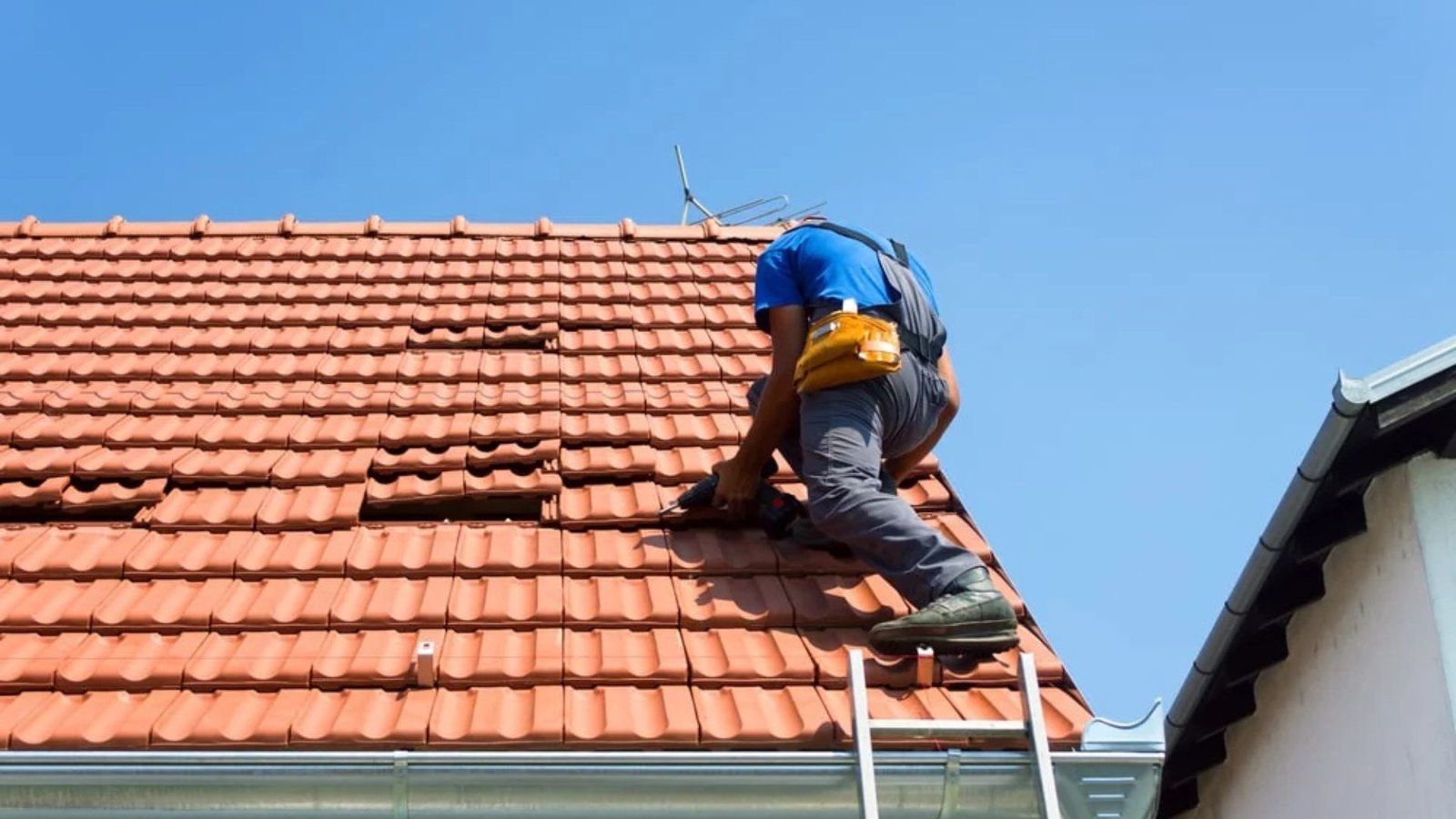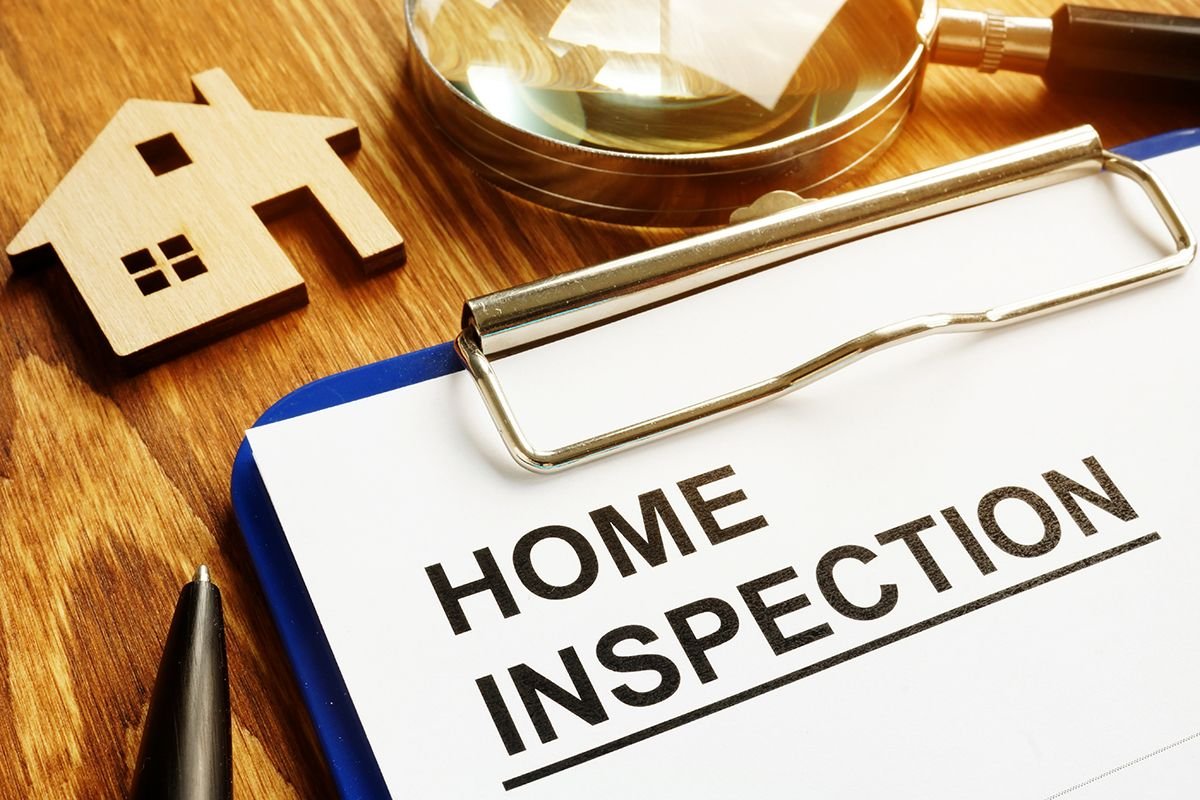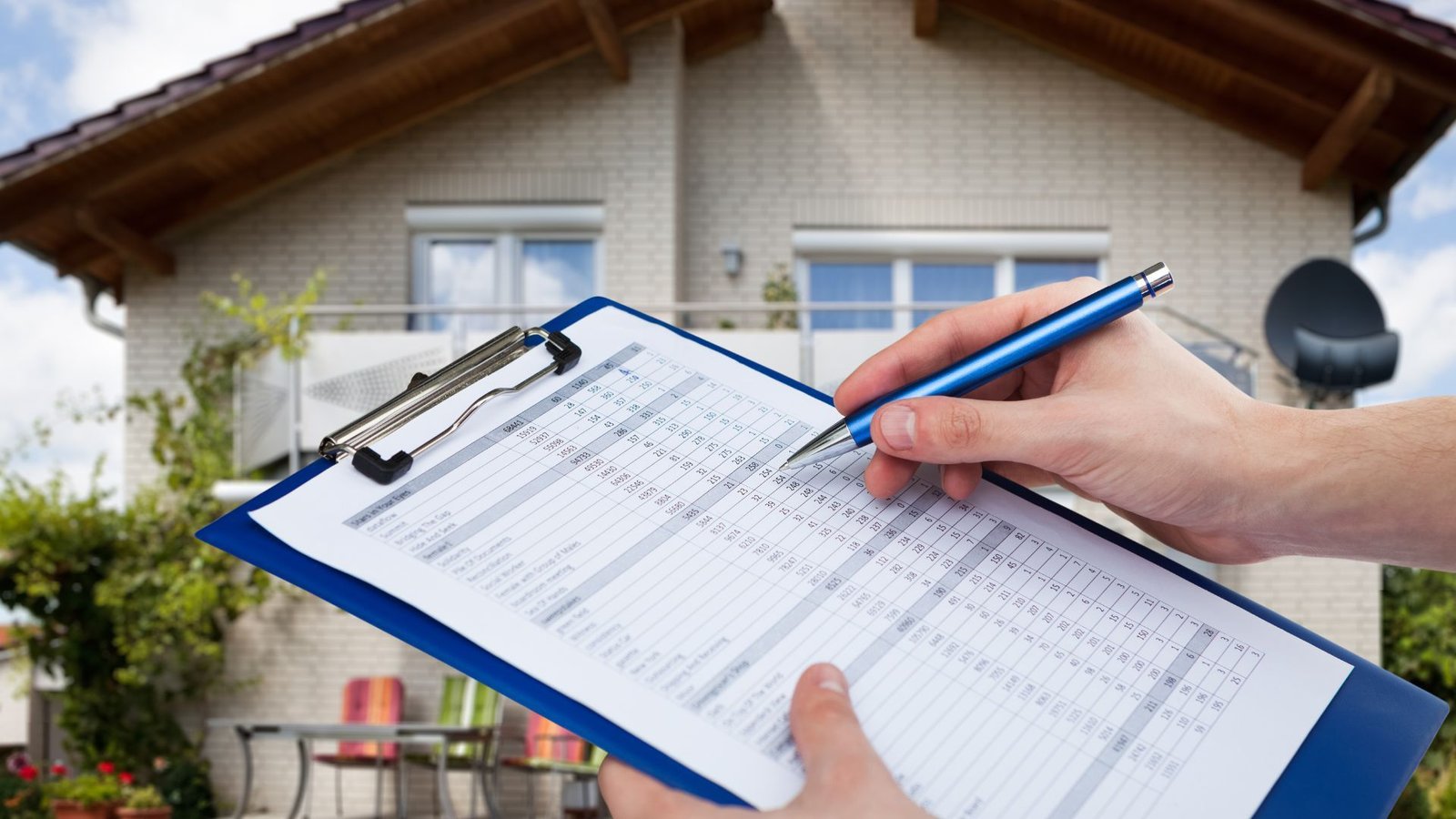When you’re buying a home, it’s essential to have a thorough inspection done to avoid any surprises later on. During the inspection, an expert examines the property for any potential problems that could affect your investment. As a homebuyer, knowing what common home inspection issues to look for can help you make an informed decision. In this article, we’ll go over the most common issues found during home inspections and why you should pay attention to them.

Why Home Inspections Are Important
A home inspection helps you understand the condition of the property you’re buying. It reveals any hidden problems that could cost you a lot of money in repairs after you move in. Common issues found during home inspections might not always be obvious, so it’s important to have a professional look at the home.
If you’re not aware of potential issues, you could end up paying more for repairs than you anticipated. Knowing what common problems to expect will help you assess whether a home is worth buying or if you need to negotiate for repairs or a price reduction.
Common Home Inspection Issues To Look For
While every home is unique, some problems appear more frequently than others during home inspections. Let’s go over the most common issues to look out for:
1. Roof Problems
The roof is one of the most important parts of a home. If it’s damaged or old, it can lead to expensive repairs. Common roof issues include:
- Missing or damaged shingles: These can cause leaks and water damage.
- Leaks: Water stains on ceilings or walls inside the house might point to a roof leak.
- Improper installation: If the roof wasn’t installed correctly, it could cause long-term issues.
A damaged roof can cost thousands to repair, so make sure the inspector looks for any signs of damage. If issues are found, you may need to negotiate for repairs or a roof replacement.
2. Foundation Issues
The foundation is what keeps the house stable. Any problems with the foundation can affect the entire structure of the home. Common foundation issues include:
- Cracks in the foundation: These can be a sign of settling or shifting in the home’s structure.
- Uneven floors: If the floors feel uneven or slope, it may be due to foundation problems.
- Water damage: Leaks or moisture around the foundation can weaken the structure.
If foundation issues are found, they can be costly to fix. It’s important to check the foundation thoroughly during the inspection.
3. Plumbing Problems
Plumbing issues can cause water damage and increase your water bill. Some common plumbing problems include:
- Leaky pipes: Small leaks can turn into big problems over time if not fixed.
- Clogged drains: Slow-draining sinks or bathtubs could indicate hidden blockages.
- Old or damaged pipes: Pipes made of outdated materials, like galvanized steel, can rust and need replacing.
Plumbing problems should not be overlooked, as they can result in expensive repairs. An inspector will check the water heater, faucets, and all pipes to ensure they are in good condition.
4. Electrical Issues
Electrical problems are a major safety concern. Faulty wiring can be a fire hazard, so it’s essential to have the home’s electrical system inspected. Common electrical issues include:
- Outdated wiring: Older homes may have wiring that doesn’t meet modern standards.
- Overloaded circuits: If the electrical panel has too many circuits, it can pose a risk of overheating.
- Non-working outlets or switches: These could point to issues with the wiring or circuit connections.
Electrical issues can be dangerous and costly to fix, so they must be carefully inspected.
5. HVAC (Heating, Ventilation, and Air Conditioning) System Problems
Your HVAC system keeps your home comfortable, so it’s important to make sure it’s in good working condition. Common HVAC issues include:
- Dirty or clogged filters: Poor air quality can result from dirty filters.
- Inefficient heating or cooling: If the system isn’t working properly, it could drive up energy costs.
- Old or broken units: An old furnace or air conditioning unit may need to be replaced.
HVAC repairs or replacements can be costly, so you’ll want to be aware of any issues before you buy the home.
6. Water Damage and Mold
Water damage and mold can cause long-term problems if not addressed early. These are some signs to look out for:
- Water stains on walls or ceilings: This could indicate leaks in the roof or plumbing problems.
- Mold or mildew: A musty smell or visible mold growth is a sign of excess moisture in the home.
- Peeling paint or wallpaper: This can be another sign of water damage.
Water damage and mold issues can be expensive to fix and may cause health problems if not properly addressed. Make sure to look for signs of water damage during the inspection.
7. Termite or Pest Infestation
Termites and pests can cause serious damage to a home’s structure. Some common signs of infestation include:
- Wood damage: Hollow-sounding wood or wood that’s soft to the touch may indicate termite damage.
- Droppings: Insects or rodents often leave droppings around their nests.
- Visible pests: Seeing pests like ants, rodents, or cockroaches inside the home is a sign of an infestation.
Pest infestations can be expensive to handle, especially if they’ve damaged the structure of the house. Be sure to have a pest inspection as part of your home inspection process.
8. Windows and Doors
Windows and doors should open and close properly, and they should be energy-efficient to keep heating and cooling costs down. Common issues with windows and doors include:
- Broken seals: Gaps around windows or doors can cause air leaks and drafts.
- Warped or cracked frames: These can make it difficult to open or close doors and windows.
- Rot or decay: Wooden frames can rot over time if exposed to moisture.
If windows or doors need to be replaced, it could be an additional cost to factor into your budget.
9. Insulation Issues
Proper insulation is key to maintaining a comfortable home and keeping energy costs down. Common insulation issues include:
- Inadequate attic insulation: If the attic is poorly insulated, the home can lose heat in the winter and become too hot in the summer.
- Exposed pipes or wiring: Insulation should cover all pipes and wires to prevent energy loss.
A home that lacks proper insulation will be less energy-efficient and could lead to higher utility bills.
10. Structural Issues
In addition to the foundation, other structural problems can arise, such as:
- Sagging ceilings or floors: These can indicate problems with the house’s overall structure.
- Cracked or uneven walls: This could be a sign of shifting or settling.
- Deteriorating supports: Wooden beams or other supports may weaken over time.
Structural issues can be very costly to repair and may require expert attention to fix.
Conclusion
Knowing what common home inspection issues to look for can help you avoid costly surprises when buying a home. While some problems may be easy to fix, others could require expensive repairs or even make the home uninhabitable. By paying attention to potential issues like roof damage, plumbing problems, electrical concerns, and mold, you can make a more informed decision about your future home.
Make sure to hire a qualified inspector who will thoroughly check the home for these issues. With the right preparation, you can negotiate repairs or adjustments to the price to make sure you’re getting a good deal on your new home. Happy house hunting!




